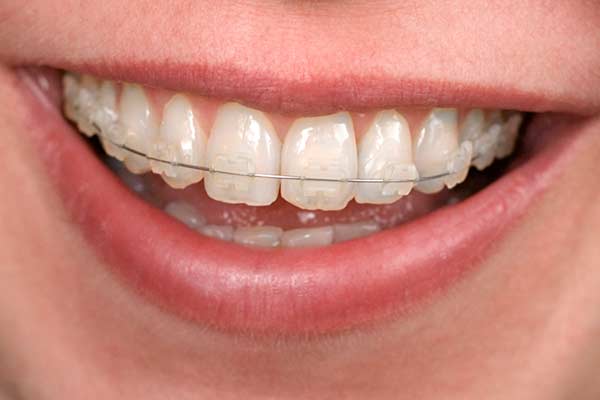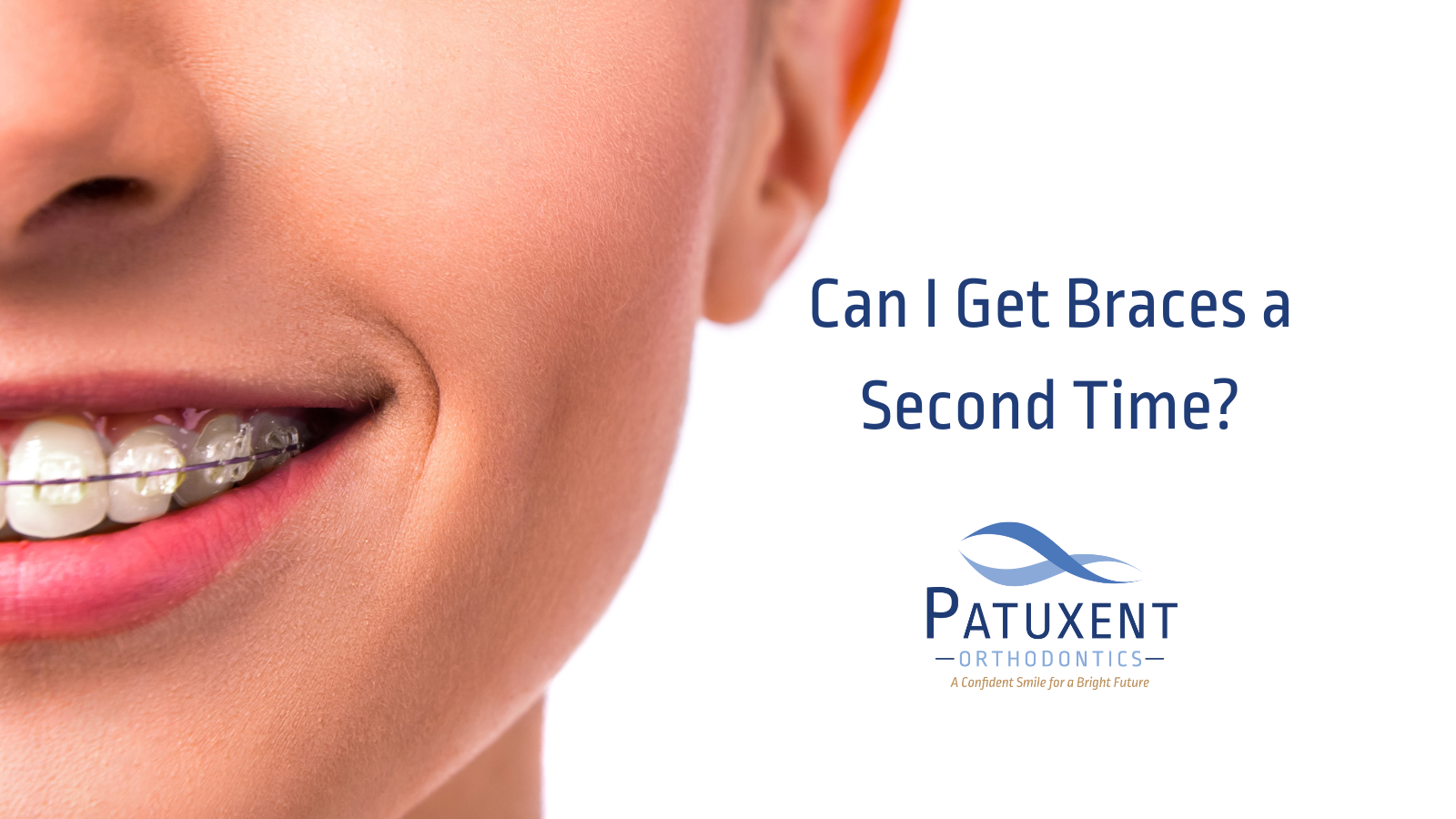Comprehensive Overview to Orthodontics Treatments for Dealing With Dental Misalignments
In the world of orthodontics, the journey to attaining a perfectly aligned smile includes a myriad of treatments customized to fix oral imbalances. From typical dental braces to unnoticeable aligners and even medical options, the field of orthodontics uses an array of solutions to deal with differing levels of oral abnormalities. Recognizing the intricacies of each procedure, including their mechanisms, advantages, and possible downsides, is crucial in making informed decisions about one's orthodontic therapy. As we browse through the comprehensive overview to orthodontic treatments for dealing with oral imbalances, the intricate information of each approach will certainly unravel, clarifying the path towards a harmonious and functional oral positioning.
Orthodontic Procedures Introduction

Normal changes and monitoring are vital components of orthodontic therapy to make certain development is on track and to make any kind of essential modifications along the way. By undergoing orthodontic procedures, patients can not just attain a straighter grin but also improve their overall dental health and function.
Conventional Dental Braces: Exactly How They Work
When taking into consideration orthodontic treatments for dental imbalances, traditional braces stand out as a reliable technique for dealing with teeth positioning. Conventional dental braces are composed of brackets, wires, and bands that function together to use continual pressure on the teeth, gradually moving them right into the wanted alignment.
As stress is applied to the teeth with the dental braces, the bone bordering the teeth is reshaped to sustain the brand-new tooth placements. People will require routine modifications at the orthodontist's office to guarantee the braces continue to use the right stress for effective teeth movement.
Unnoticeable Aligners: Cons and pros
Invisible aligners provide a discreet and convenient option to standard braces for dealing with dental misalignments. These clear, customized trays are practically invisible when worn, making them an enticing option for individuals looking for a much more visually pleasing orthodontic treatment. Among the main benefits of undetectable aligners is their removability, enabling simpler upkeep of oral hygiene contrasted to conventional braces. People can eliminate the aligners before consuming or brushing their teeth, lowering the danger of food getting embeded the home appliance and streamlining the cleansing process.

Surgical Orthodontic Options
Surgical treatments in orthodontics present feasible choices for attending to complicated dental misalignments that may not be effectively settled through conventional orthodontic therapies. While traditional dental braces and unseen aligners can correct many orthodontic concerns, particular cases need medical intervention to accomplish optimum results. Surgical orthodontic options are generally recommended for extreme malocclusions, considerable jaw disparities, and instances where the underlying bone framework needs alteration to attain appropriate alignment.
One usual surgical orthodontic procedure is orthognathic surgery, which entails repositioning the jaws to correct useful issues such as trouble chewing or talking. This surgical procedure is commonly carried out in cooperation with an orthodontist who aids line up the teeth prior to like it and after the procedure. Surgical orthodontics might likewise involve treatments to expose affected teeth, remove excess gum cells, or improve the jawbone to produce an extra harmonious face profile.
Before taking into consideration surgical orthodontic options, patients go through a thorough assessment to establish the requirement and possible benefits of such interventions. cumming orthodontist. While surgery might appear daunting, it can significantly enhance both the feature and aesthetic appeals of the smile in cases where conventional orthodontic treatments fail
Retainers and Post-Treatment Care

Failing to conform with post-treatment care instructions can result in relapse, where the teeth progressively relocate back towards their initial settings. Constant retainer wear, good dental health, and routine dental exams are crucial for preserving the results accomplished through orthodontic surgery and ensuring the lasting stability of the corrected dental positioning.
Conclusion
In conclusion, orthodontic treatments offer various alternatives for correcting oral misalignments. Surgical orthodontic alternatives are offered for extra extreme misalignments. Generally, orthodontic treatments can effectively improve oral health and visual appearance.
As we browse with the thorough guide to orthodontic procedures for fixing dental misalignments, the intricate details of each approach will unravel, dropping light on the course toward a useful and unified dental positioning. - orthodontist
One of the most common orthodontic treatments is the usage of dental braces, which are composed of steel brackets and cables that use mild pressure to slowly change teeth right into the preferred placement.When thinking about orthodontic therapies for oral misalignments, typical dental braces stand out as a time-tested method for have a peek at these guys remedying teeth placing. Furthermore, unseen aligners may not be suitable for complex orthodontic concerns that need even more significant teeth movement, as they are normally suggested for moderate to moderate cases. Retainers are customized orthodontic devices designed to hold teeth in their fixed positions after the conclusion of orthodontic therapy.